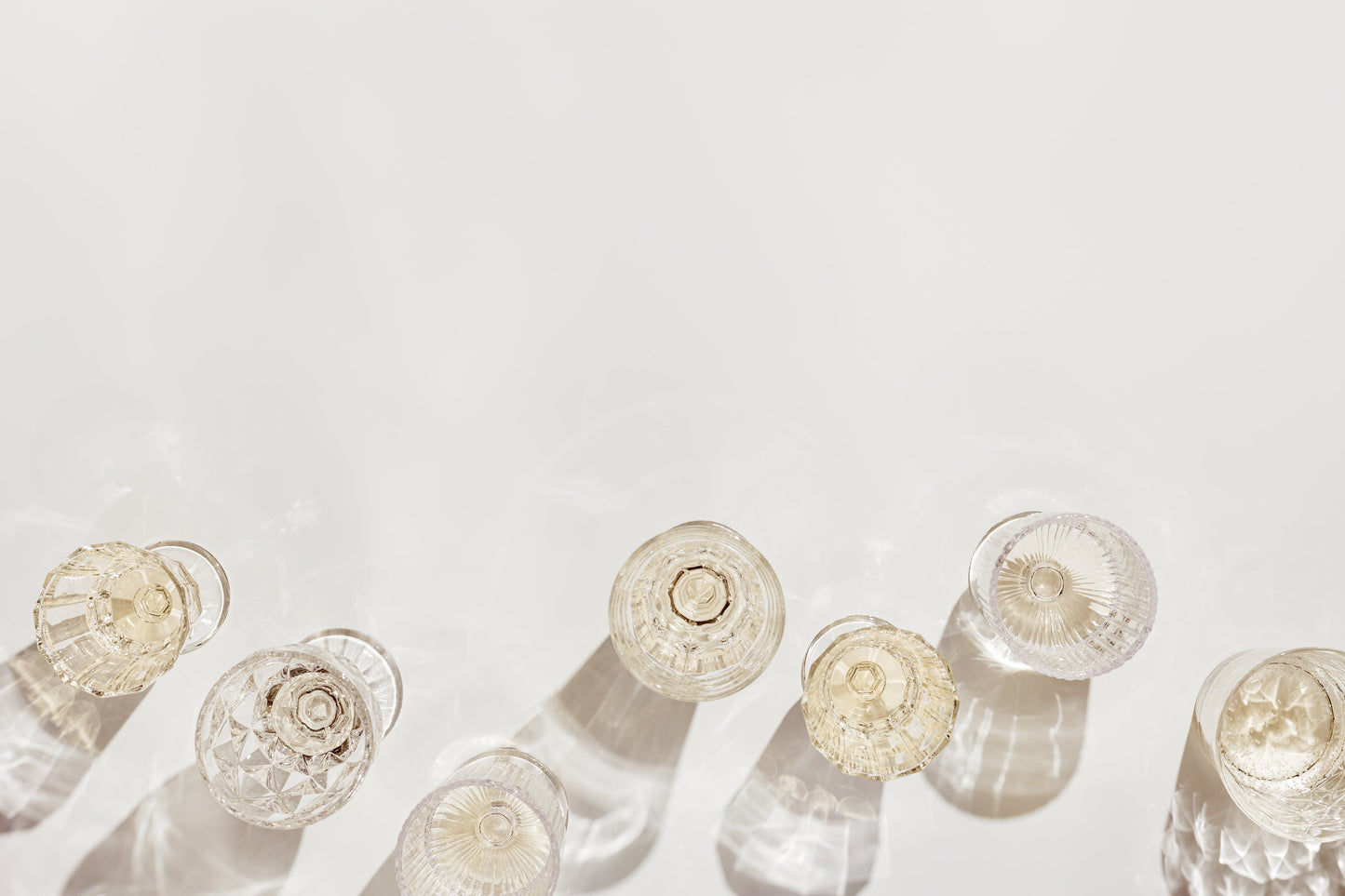Sherry is a tricky little bugger. It comes in so many different colours, flavours, and ages, as well as swinging from bone dry to syrupy sweet, that it seems trivial to simply call it a fortified wine.
What makes sherry so unique is that it is more than just a tipple developed from winemaking traditions and the terroir of the region, it is also a creation of the region's importance in trading and international exploration. Whilst the Moors were already busy trading sherry with the English in the 12th century (apparently, we had highly coveted wool), it was the Age of Exploration that had a pretty huge effect on the style of sherry. When Columbus set sail for the Americas, their fleet of ships were well provisioned with sherry. To make the wine more hardy and ready to take on the seven seas, they began to fortify the barrels.
Fast forward a few hundred years, a couple of battles, port seizures, a few thousand stolen kegs of Jerez’s namesake and the UK palate for sherry was well and truly set in stone. Whilst the popularity for this unusual tipple has waxed and waned over the years, the 19th century witnessed an influx of English, Irish, Scottish, and French to the coast of Andalusia in search of making fortunes from the popularity of sherry. These fortune-making gambles certainly paid off and this history can still be seen on the most famed bottles of sherry today - Sandeman’s, Osborne’s and Williams & Hubert - to name a few.
But what really is Sherry?
In short, Sherry is a fortified wine from Andalucia made from Palomino, Pedro Ximinez or Moscatel. Contrary to what most people think, the majority of sherry is dry. You can almost think of it as simply an aged white wine. Sherry can either be aged under flor (like a Fino or Manzanilla) or aged oxidatively (like an Oloroso). In between this lies Amontillado and Palo Cortado which start their lives being aged under flor and finish it being aged oxidatively.
As for sweet sherries - they can either be naturally sweet or artificially sweet. Naturally sweet wines are developed from either Pedro Ximinez or Moscatel grapes that are harvested late and thus have a higher sugar content. On the other hand, artificially sweet sherry starts with a dry wine which then has sweet wine or arrope (a sweet grape must) blended in.
Sherry is often tucked in the dark corners of a wine list (or back of a booze cupboard) as many are unsure of quite where to put it or how to handle it, but trust us, this utterly unique wine is worth a journey of exploration with friends and loved ones.



